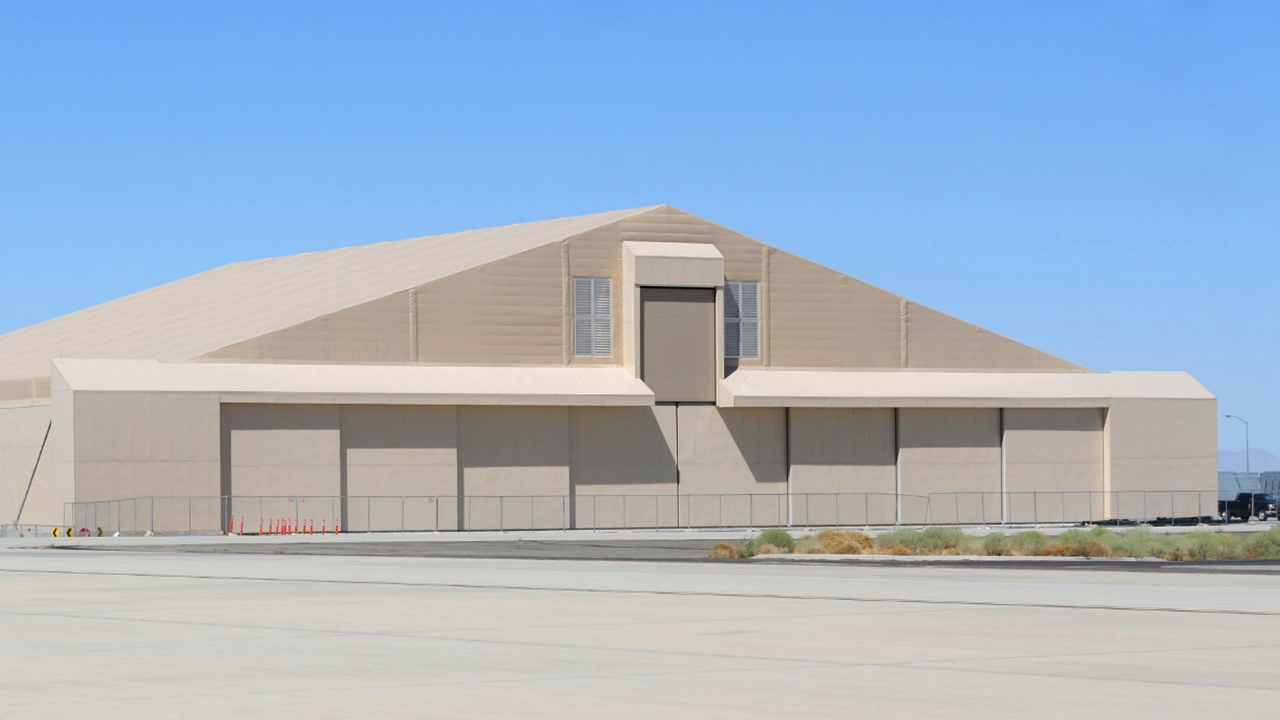At the heart of our work, whether it’s developing a new cover, or designing a hangar, is a deep understanding of the problems you’re trying to solve, the needs you’re trying to address, the challenges you face.
Read MoreChances are good you think of insulation that goes inside a building. But our partner Rubb discovered it’s better to think outside the building when it comes to insulating steel-framed fabric buildings.
Read MoreMaking a high-performance aviation blanket that’s lightweight is difficult enough. But the real challenge is to keep it from gaining weight over time.
Read MoreWe want to take this opportunity to express our appreciation for the remarkable work that was done this year by emergency personnel, healthcare workers, the military, and everyone else who has responded to this year’s crisis so unselfishly and tirelessly.
Read MoreUlysses Grant became President of the United States in 1869 and signed a Proclamation making Christmas a National Holiday in 1870.
Read MoreWeapons systems, aircraft, vehicles, they’re all becoming more sophisticated - which means they’re all becoming more sensitive and susceptible to corrosion.
Read MoreThere aren’t many structures that offer the range of benefits you’ll find in a steel-framed fabric structure.
Read MoreAccording to the DoD Corrosion Policy Office, 60-80% of an asset’s lifecycle costs are in operations and sustainment. Put another way, a $2 million asset may cost an additional $8 million to operate and maintain.
Read MoreDuring a year of unprecedented challenge, one thing has become clear to everyone who works or volunteers with Operation Gratitude. Grateful Americans, whether they wear a uniform or civilian clothes, want to serve our country, and they want to serve one another.
Read MoreCocoon’s Improved Thermal Acoustic Blanket (ITAB) for the CH-47 manages to combine properties that on the surface seem incompatible. It took years of R&D, but thanks to a lot of trial and error, and some highly technical new textiles, we were able to make possible what at first seemed impossible.
Read MoreJust to put things in perspective, a human hair is somewhere in the neighborhood of 50-70 microns, and pollen is around 10 microns. The fine sand, also known as “moon dust,” found in places such as Afghanistan and Iraq, is 1 micron.
Read MoreThere’s no question you have to consider the cost of something when deciding whether to buy it. But cost and price are really two different things. A low price often hides, or delays, the true cost of something.
Read MoreIn order to protect high-value assets from corrosion and other damage from the elements, they’ll often be stored in controlled humidity environments (e.g., Level III Aircraft Preservation, CHP, APS). It’s a level of storage that stops the aging process.
Read MoreIt’s easy to inspect for rust on a gun barrel, or pitted metal on a vehicle. That’s what’s known as “gross corrosion.” What’s much harder to spot is “microscopic-level corrosion” on small but critically important components such as circuits, wiring, and telecommunications equipment.
Read MoreMore than 4,000 man-hours were spent annually to preserve 5,000 pieces of equipment at a facility storing Airborne Weapons Support Equipment (AWSE) and Airborne Armament Equipment (AAE).
Read MoreIt may seem like just semantics, but to us there’s an important distinction between an expert team and a Team of Experts.
Read MoreHaving spent years getting lamination right, we know first-hand how challenging it is. We tried over 150 different iterations before landing on the right combination of elements for our aviation blanket.
Read MoreAir permeability is crucial in an effective cover because it prevents moisture from building up under the cover. In order to make our covers highly air-permeable, we use a patented textile that includes a remarkable membrane.
Read MoreThe military has a significant need for structures that can be approved, funded, and installed quickly - here are five advantages of fabric structures over less versatile options.
Read MoreYou’re probably familiar with the usual culprits of corrosion - rain, humidity, salts. But there are a number of lesser-known factors that lead to corrosion.
Read More




















